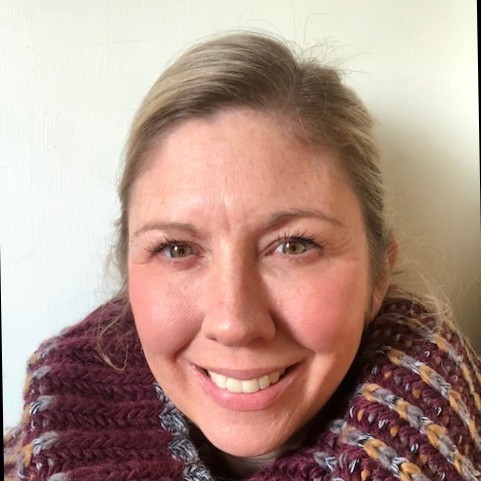New 3D printing technology enables more complex electrical routing for 3D integrated microelectronic subsystems.
Demand for higher resolution and high-precision parts is driving the evolution of additive manufacturing. The latest 3D printer design from Boston Micro Fabrication (BMF) uses a new approach called Projection Micro Stereolithography (PµSL), which is capable of printing polymer parts with 2µm resolution — unprecedented metrics in 3D printing. PµSL enables mold-free, ultra-high-resolution, fast prototyping, and end-part capability not possible before.
BMF globally launched its line of commercial micro-precision 3D printers in 2020 and using BMF’s microArch S130 model, HRL Laboratories, LLC, has now demonstrated ceramic interposers with previously impossible slanted and curved vias with diameters of less than 10µm. Vias are small openings in insulating layers that allow conductive connections between semiconductor layers in integrated circuits.
“We have printed arrays of straight, slanted, and curved vias and have not hit a limit in aspect ratio yet with the low-viscosity ceramic resin that we developed in-house,” said HRL Lead Engineer Kayleigh Porter. PµSL additive manufacturing now offers nearly limitless possibilities for routing vias. After being printed in ceramic, the vias are metalized to electrically connect different devices and integrated circuits.
“We are developing this technology to improve 3D integrated microelectronic subsystems such as infrared cameras and radar receivers,” said HRL group manager Dr. Tobias Schaedler. “Smaller, lighter, and more power-efficient system designs are currently limited by electrical routing and packaging, but our additive technology could resolve this bottleneck.”
With conventional semiconductor processing methods such as chemical etching, only straight vias can be fabricated. Larger holes can be drilled at angles, but no drilling approach can realize vias with curvature.
“We are very excited to collaborate with HRL on this project,” said BMF CEO John Kawola. “The level of resolution, accuracy, and precision that can be achieved at speeds suitable for production made BMF’s microArch S130 the perfect choice for HRL’s project. BMF is constantly working to push the limits of what can be achieved and we will continue to work with HRL and our other customers to meet the needs that their projects demand.” Contact us to learn more about our micro 3D printing services.
HRL Laboratories’ development effort is currently funded by DARPA’s Microsystems Technology Office under the Focal arrays for Curved Infrared Imagers (FOCII) program.

